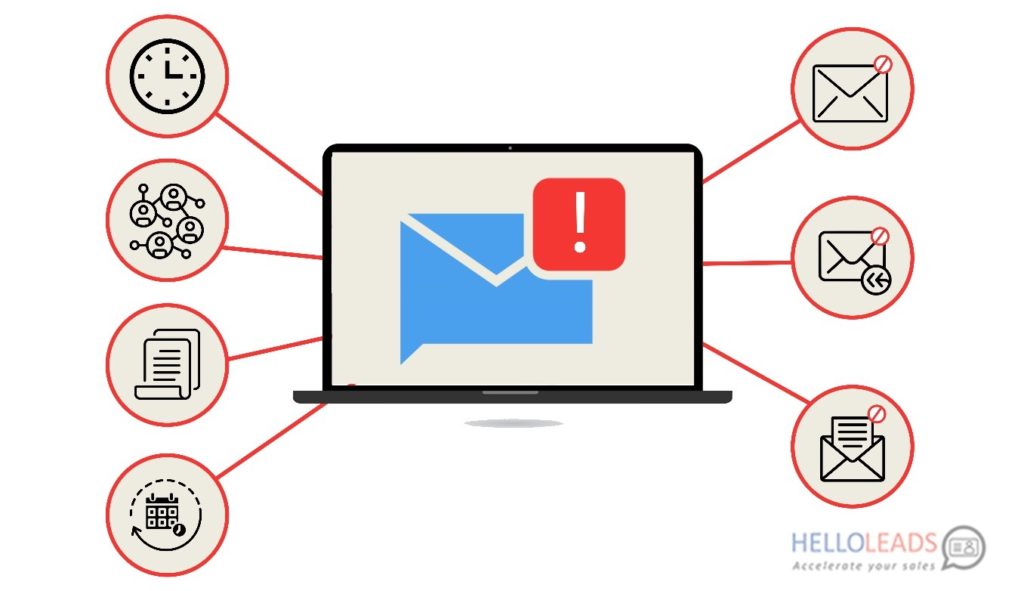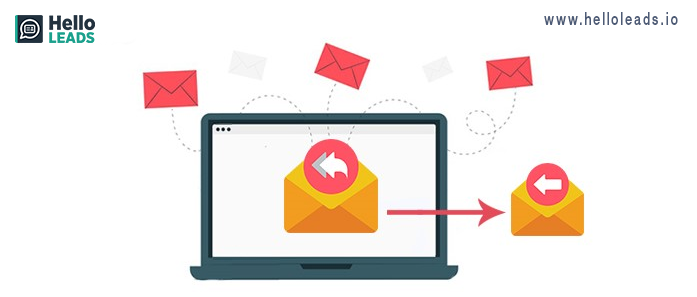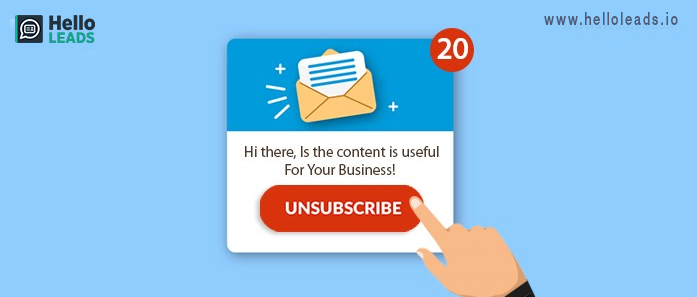
In this modern world, where emails act as the most popular and effective medium of communication, sending and receiving emails had turned to be like inhaling and exhaling breath. Though email communication has its own list of benefits, for an individual among the emails being received a day, most of them deserve less attention.
A study says the email inbox of a person only contains 38% of important and relevant emails. This means 62% of the emails are not important and are received through bulk emailing. Whereas, the percentage of this proportion was in the ratio of 42:58 few years ago researched by SaneBox.
When it comes to an organization, the research from the McKinsey global institute says that the average person spends 28% of their work timings in a week by reading or responding to emails.
But the good news is the email overload is easily manageable, in fact, some of the organizations are working meticulously to reduce the internal email usage. As an evidence, a European based multinational technology company has attempted to reduce the emails and targets for almost zero email within the organization. In contrast, they used internal social networking platforms like WhatsApp, Facebook which are comparatively less time consuming.

There would be plenty of ways to manage the adverse flow of email. I have listed the top 9 approaches to manage the email overload:
1. Plan specific time for email usage

Assign a specific time to check your emails during the day instead of letting it occupy or interrupt your work timings.
Check your emails once you arrive at work and review them later at assigned time blocks, and avoid checking them in critical time because, if it’s an urgent matter, people will call you anyway.
You can also use tools that prioritize the emails based on its importance and send it to you in the time scheduled by you.
2. Use email alternatives
A simpler alternative besides email is social networking, that will absolutely make you free from bulk promotional emails and saves lot of your productive time.
There are many tools out there, like slack or fleet that makes the teams to communicate as much easier without jamming the inbox and eating up more time.
3. Create a brief and clear email
Undoubtedly, writing emails with a clear clarity and ensuring every email through a well-defined checklist will reduce the chance of a communication mishap.
Prepare a quick checklist that suits your usage and run through your contents in it to produce a brief email and make sure you do it before firing off emails.
Below are a few sample questions for your checklist:
- What information is needed?
- Is all the information requested by the sender are answered?
- What does the person need to answer?
- Does the email meet either of two email criteria such as time zone communication or answering the well-defined question?
- Would this information can be sent through email or conveyed through some other means (i.e. video or voice call)?
4. Make the most out of the subject line
The very first thing that is noticed by everyone while they open an email is subject line. By reading the subject line, most of the people will segregate and pick up emails that need their attention and review.
When the inbox is overloaded, the subject line in emails will greatly help people to categorize and identify the important email from the overloaded list. If you want to get a rapid response from a busy person, you should be providing a perfect subject line that is succinct to the needed information.
5.Avoid using Reply All

The email which contains more general contents replies or with just acknowledgments can be sent only to the intended person and not everyone in the long email thread. Choosing “reply all” is intended to use at suitable and appropriate conditions but misusing will drop unnecessary emails to all other people. Also, it provokes a lot of unnecessary responses with people who do not need to reply.
6. Apply rules for email inbox
Applying rules to categorize emails, will help to group and manage your flooding emails. Though setting up rules is a simple and less time-consuming task, the benefit it adds to your daily usage is a lot.
Based on your emailing application, many options available to set up rules – by subject, by sender email and much more. Review the options and based on your usage, necessary rules can be set to make you more productive.
7. Unsubscribe from unnecessary newsletters

Another key idea to reduce your email overload is unsubscribing from the unnecessary or least priority newsletters. This will be of great help to to reduce the overloading of inbox and to make the rest of the emails to easy and convenient to digest. This also has another benefit of minimizing the spam and junk emails in your inbox.
8. Eliminate the email conversations
Sometimes, emails can be eliminated and the direct face-to-face or telephonic conversation can help instead.
People in the same premises or bay use email in lieu of conversations. To reduce email overload, this can be better eliminated by bouncing the conversation back and forth through walk down to their place or by picking up the phone.
9. Emptying the unread message count
Last but not the least, at the end of each day try to review all the unread messages and make the unread count as zero. This will prevent vicious circle of reminders and alerts that you receive and also managing all your emails gives you a wonderful sense of control over all the professional tasks.
To conclude, email is a powerful and productive tool which makes the life easier. A little planning makes a way in taming email overloading. I hope these approaches will help to reduce your email volume and free up some of your valuable time.
Share this blog :










